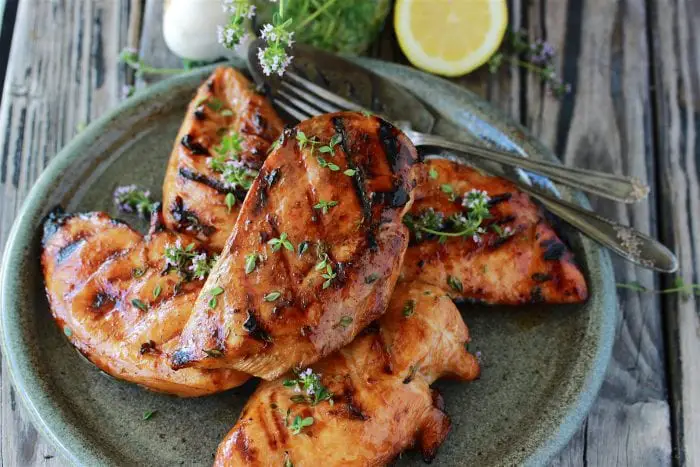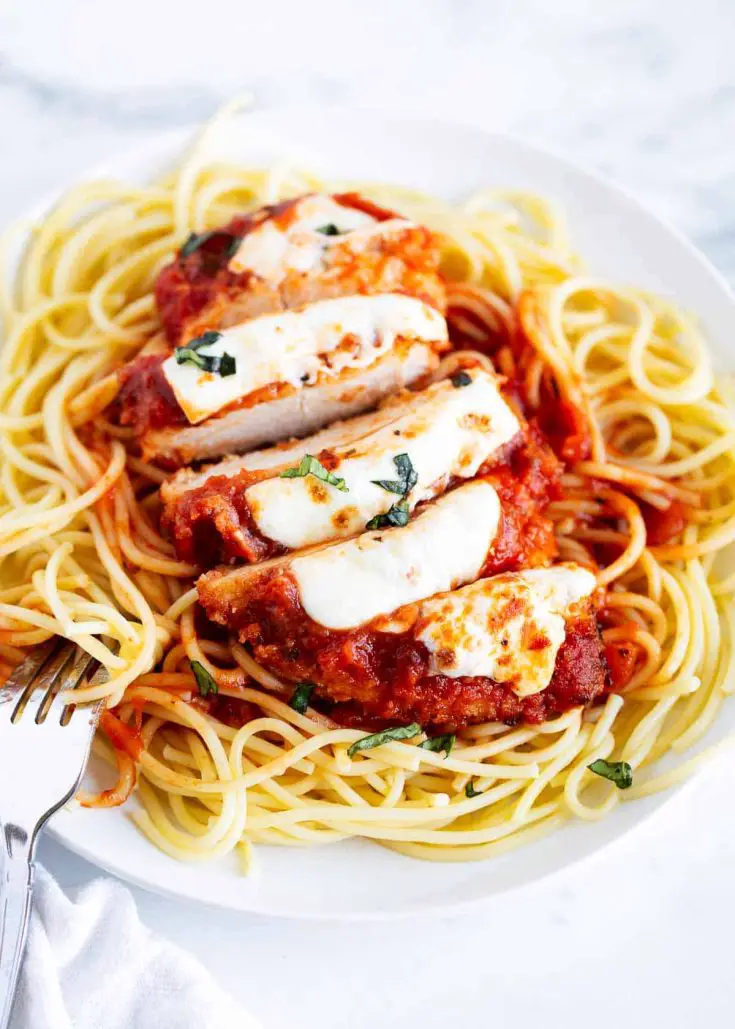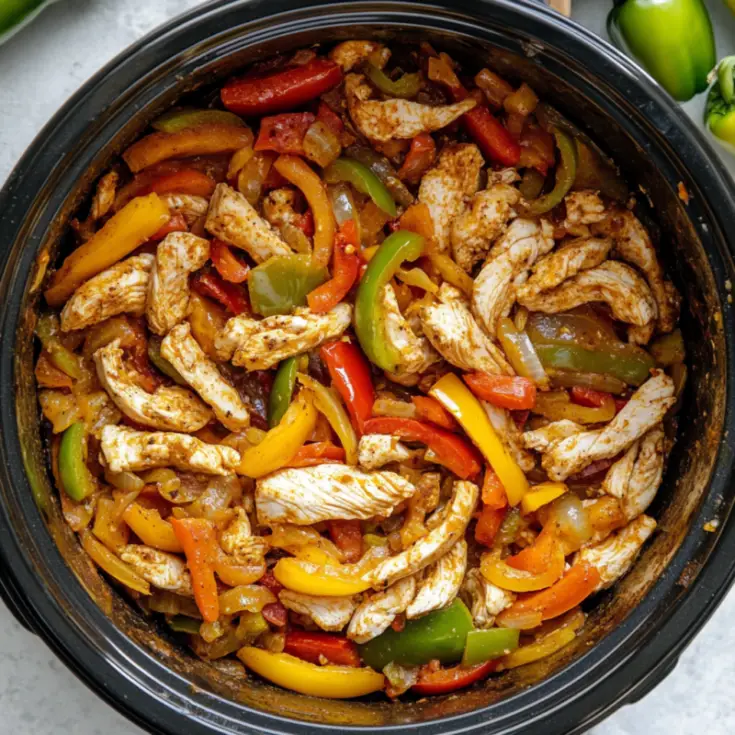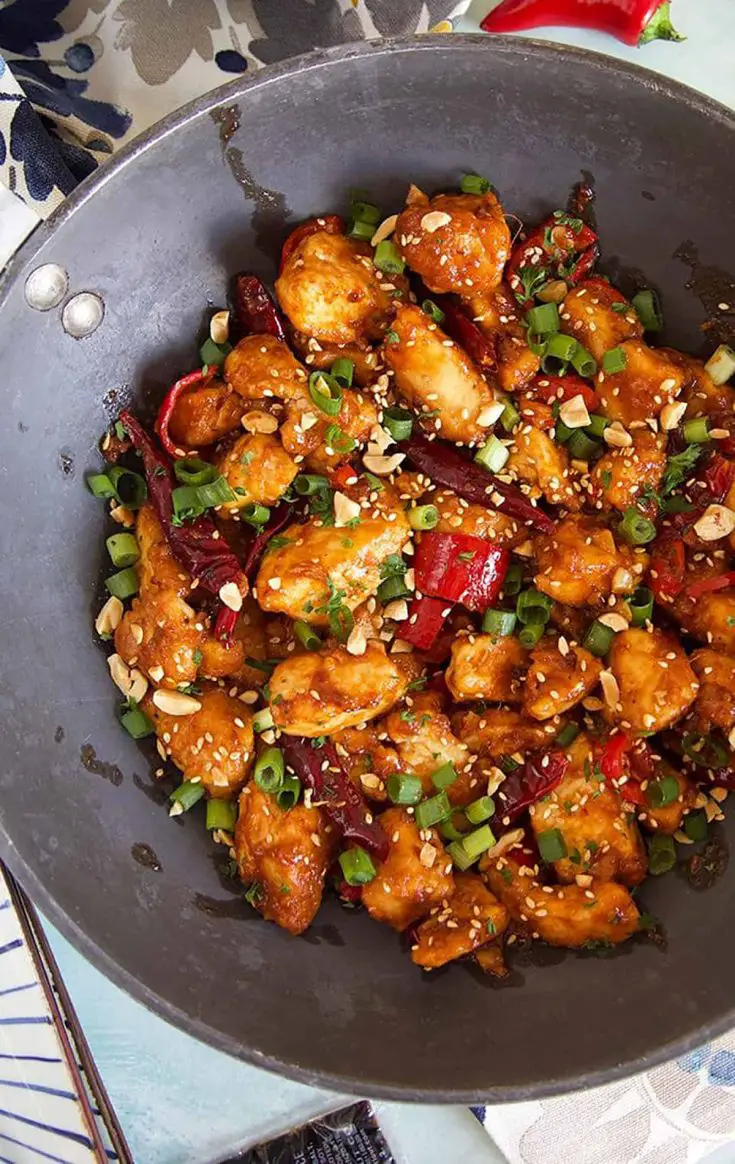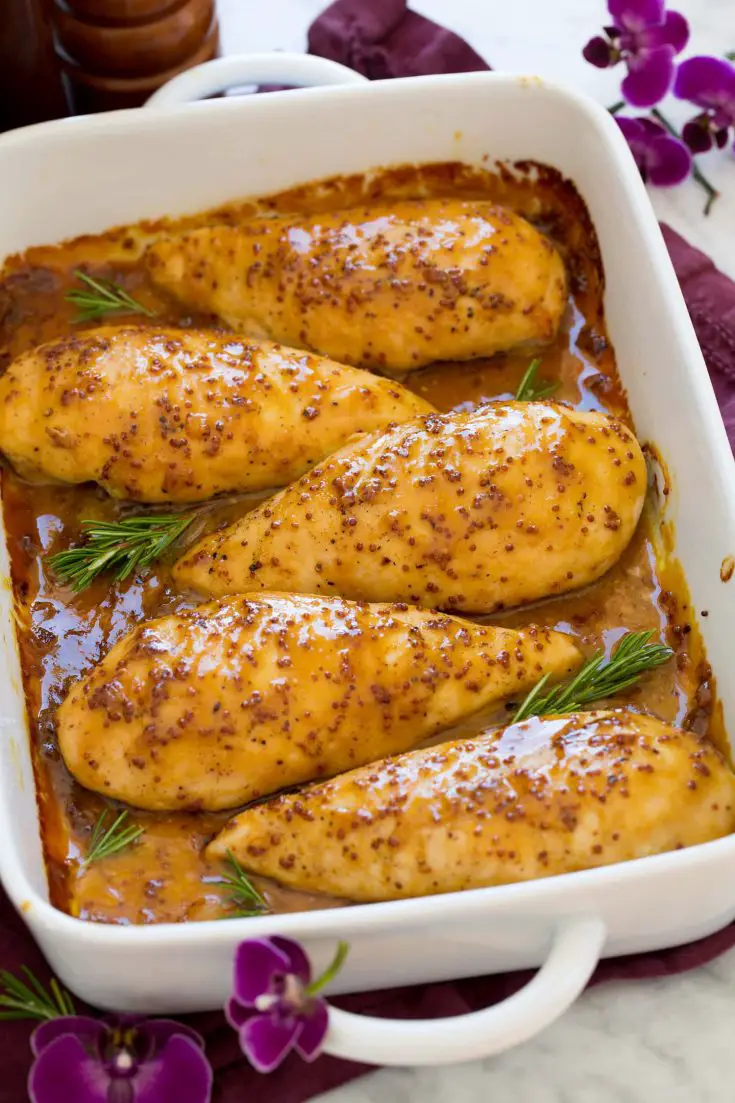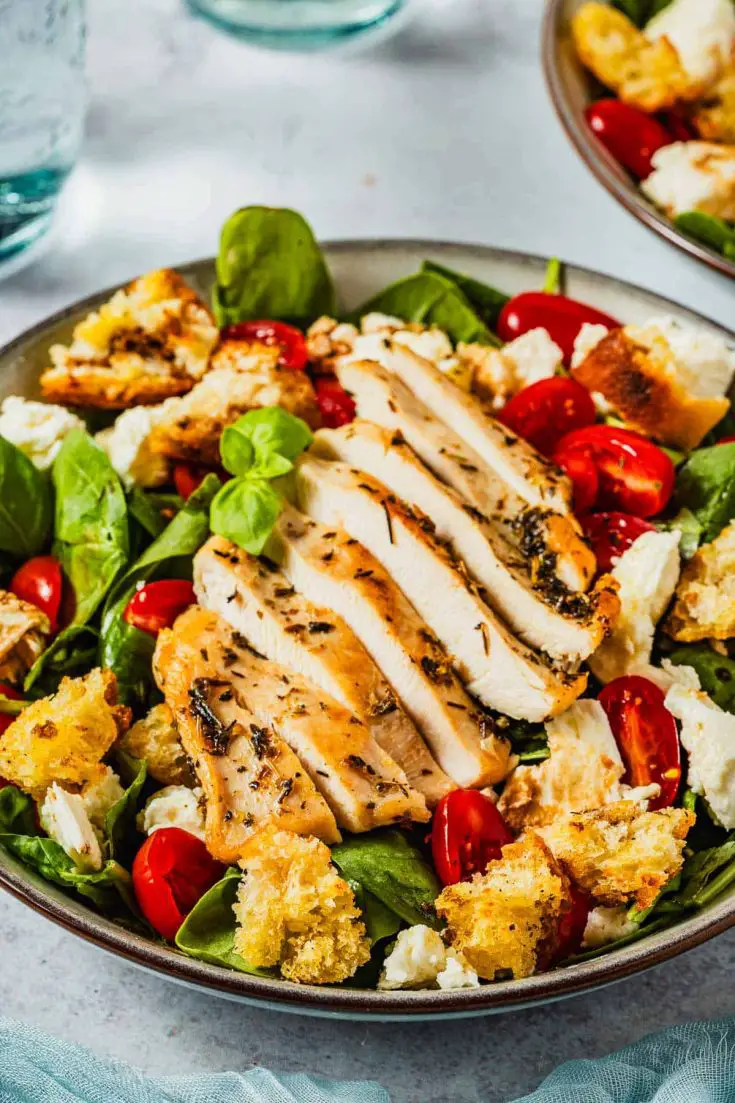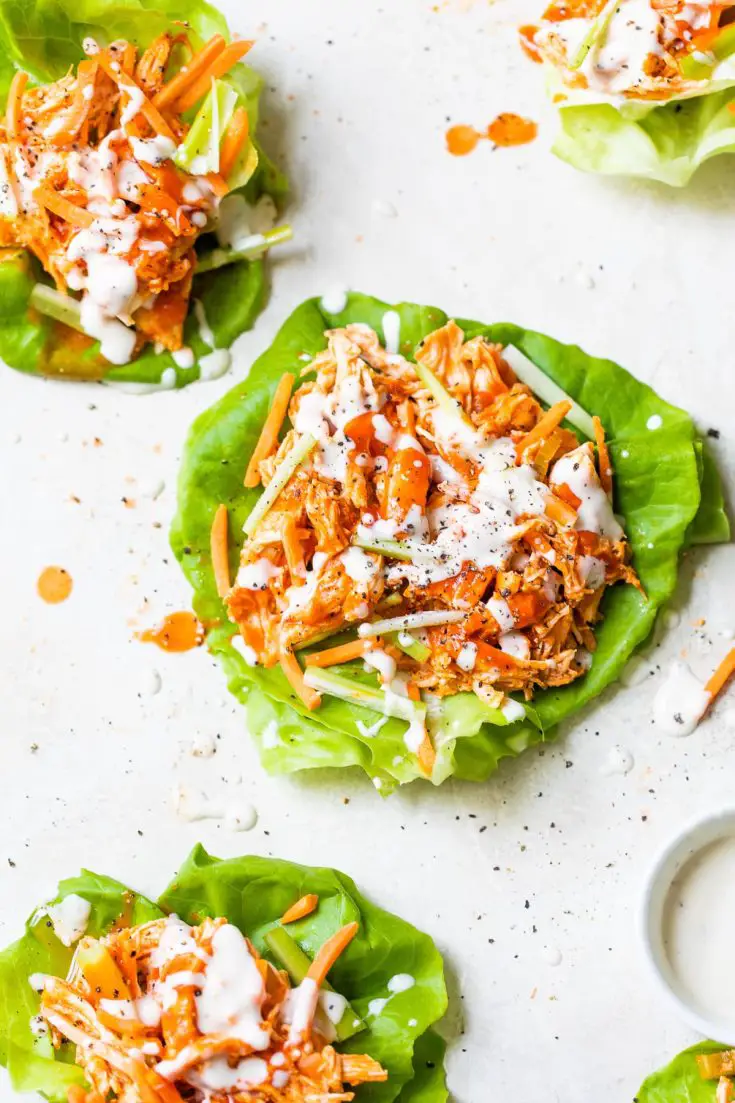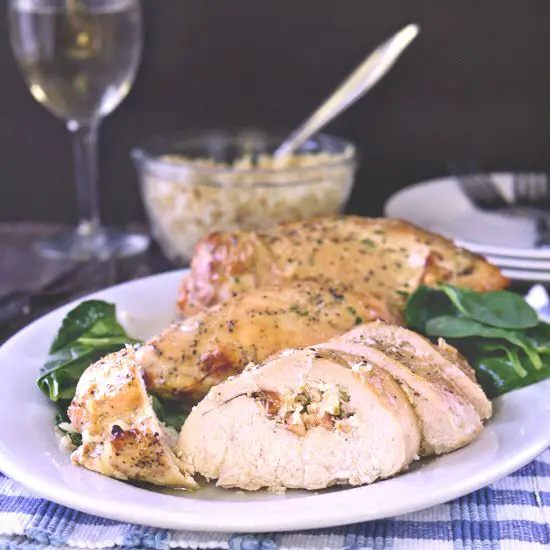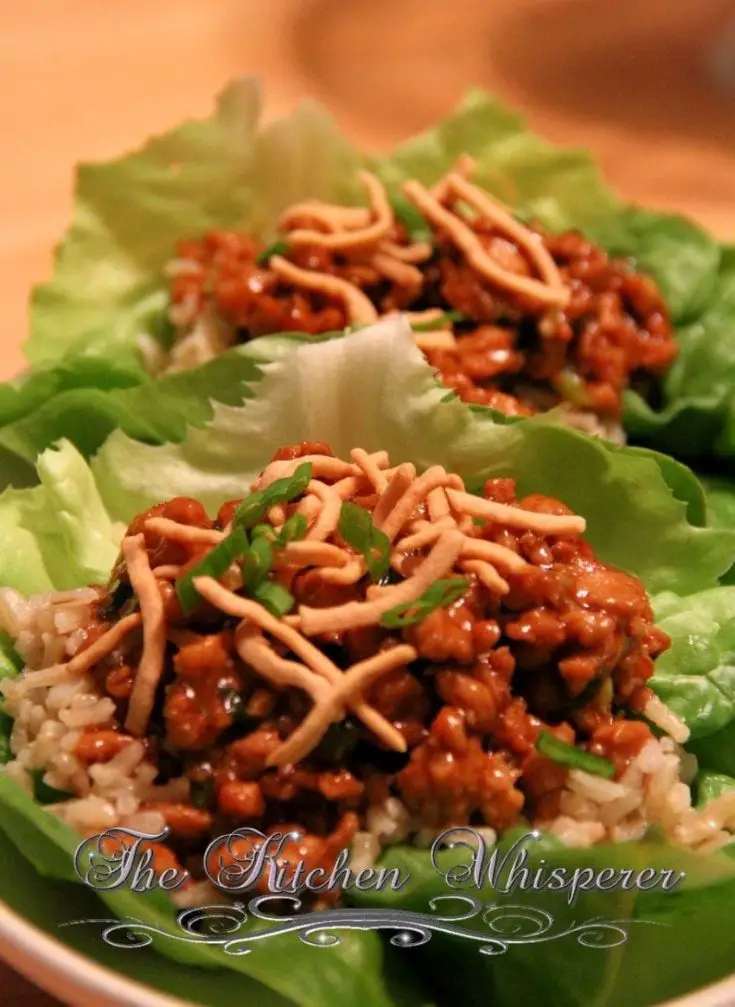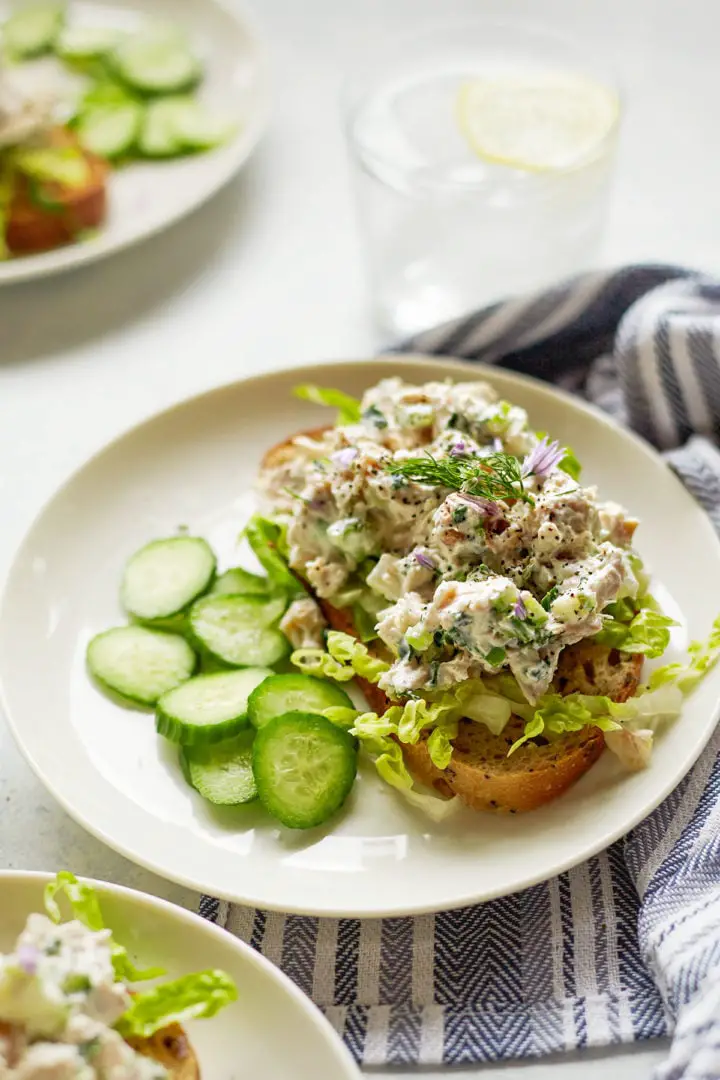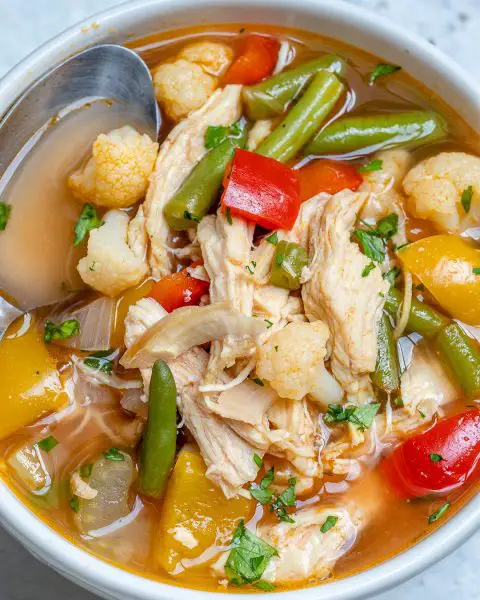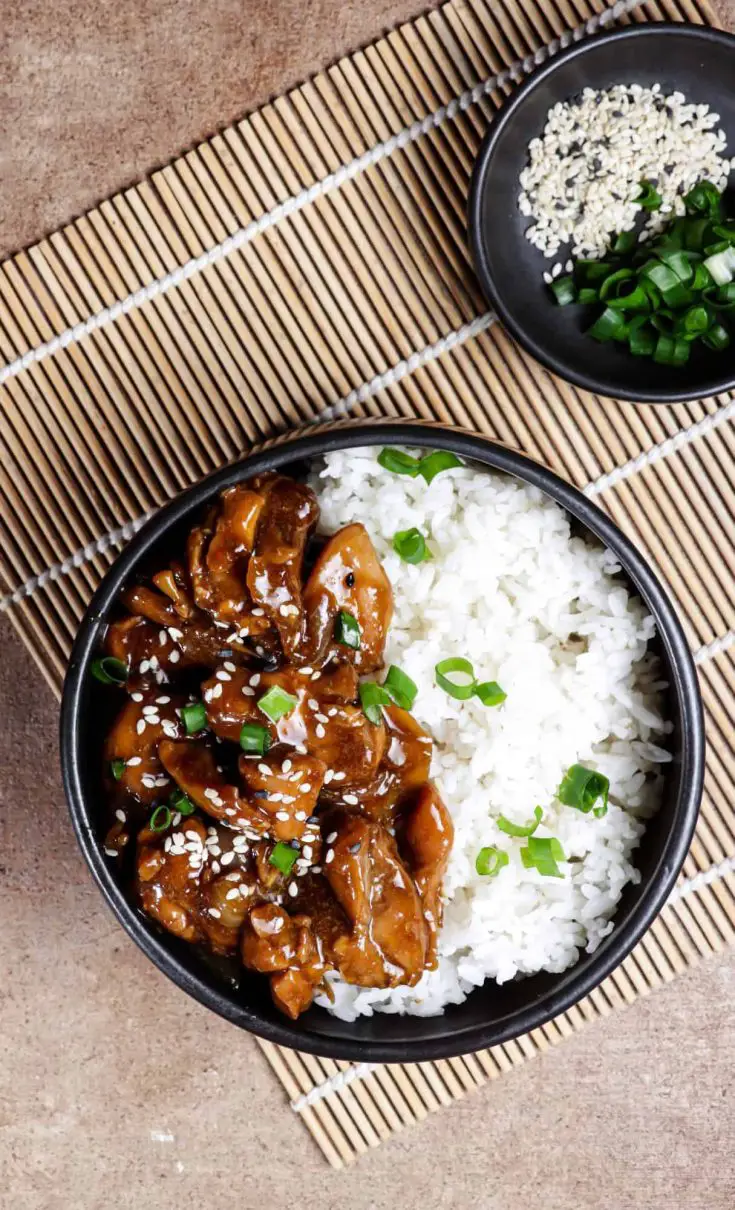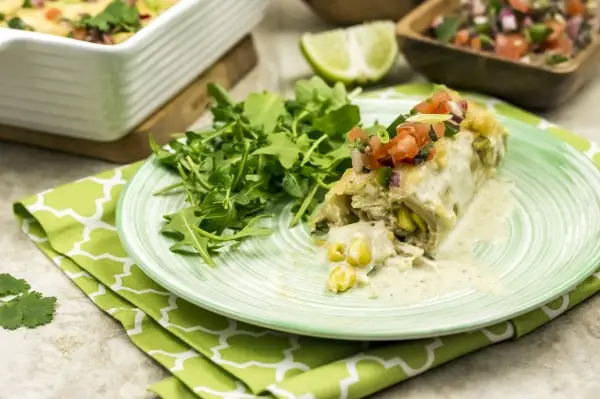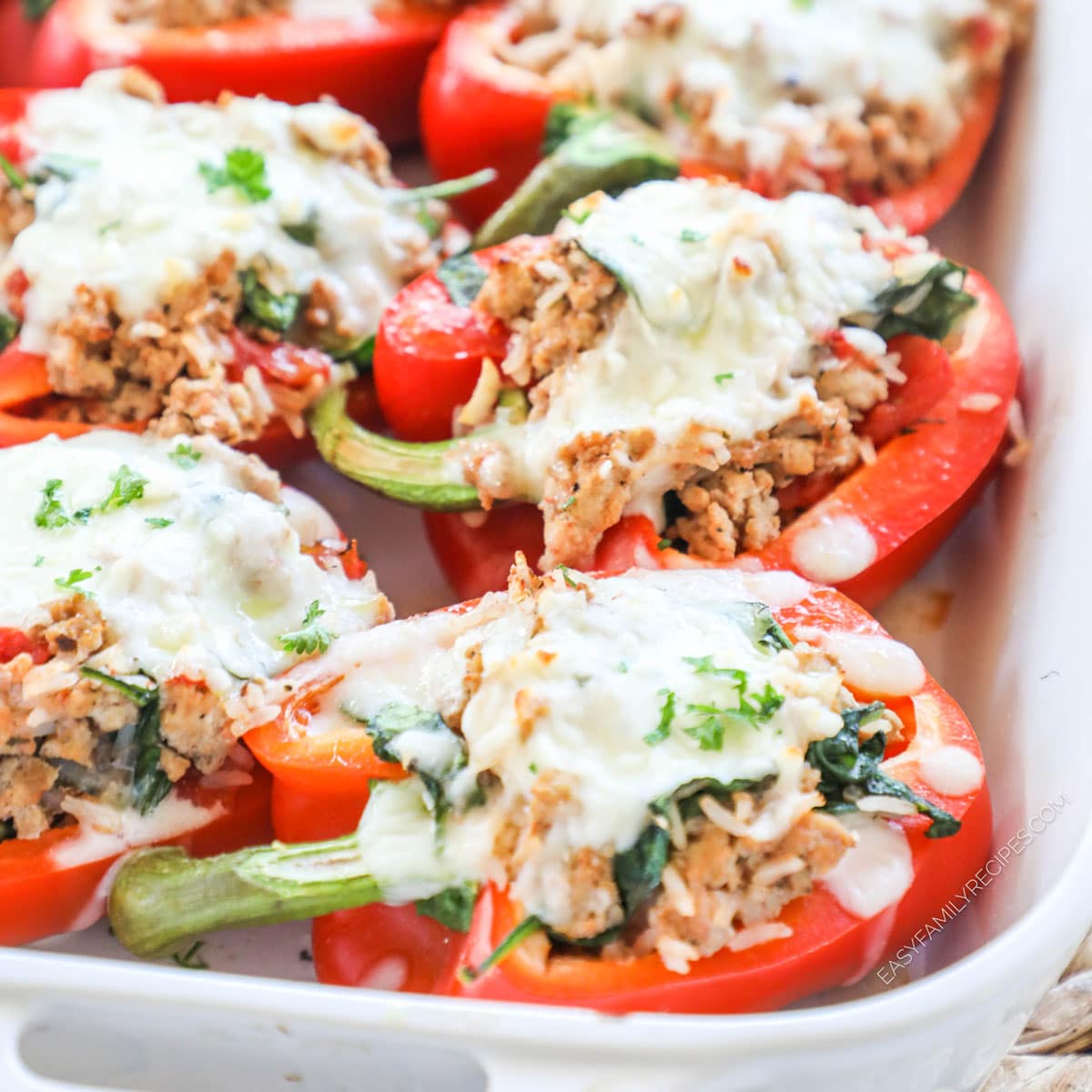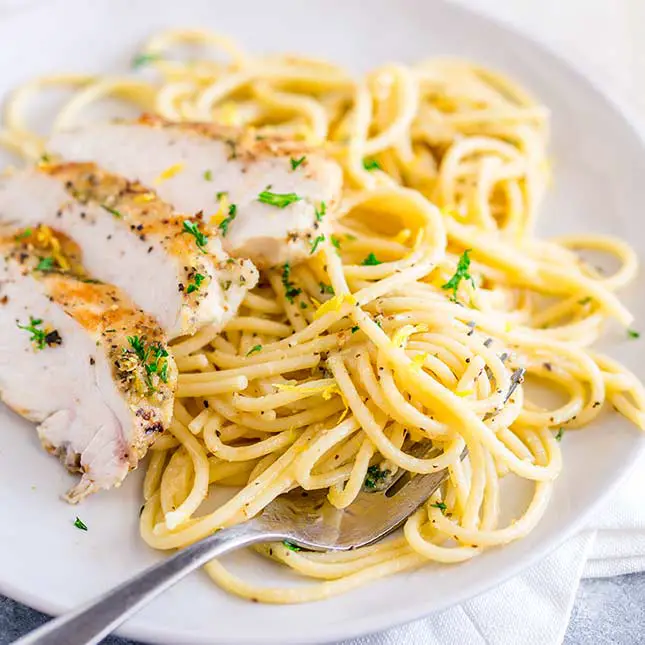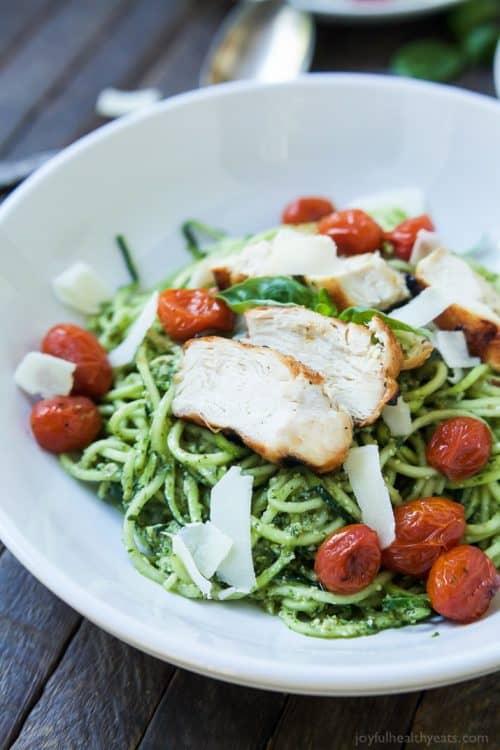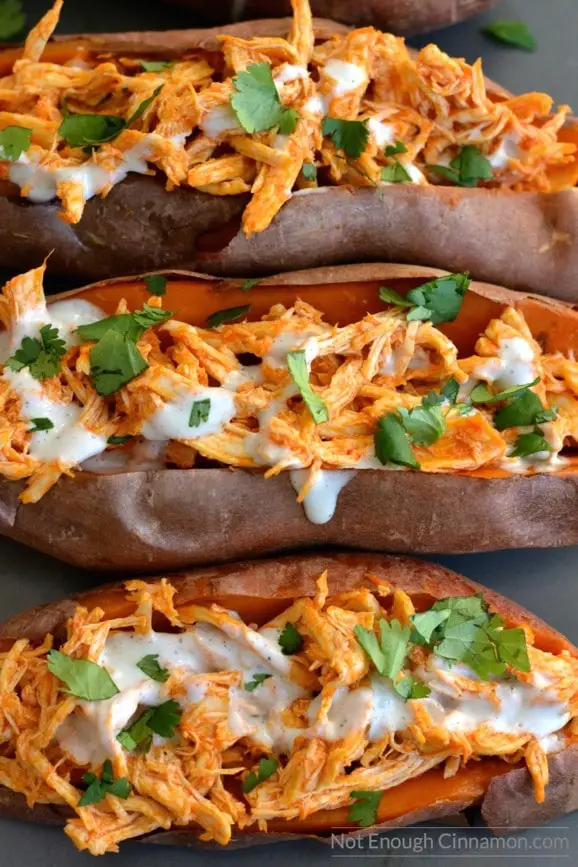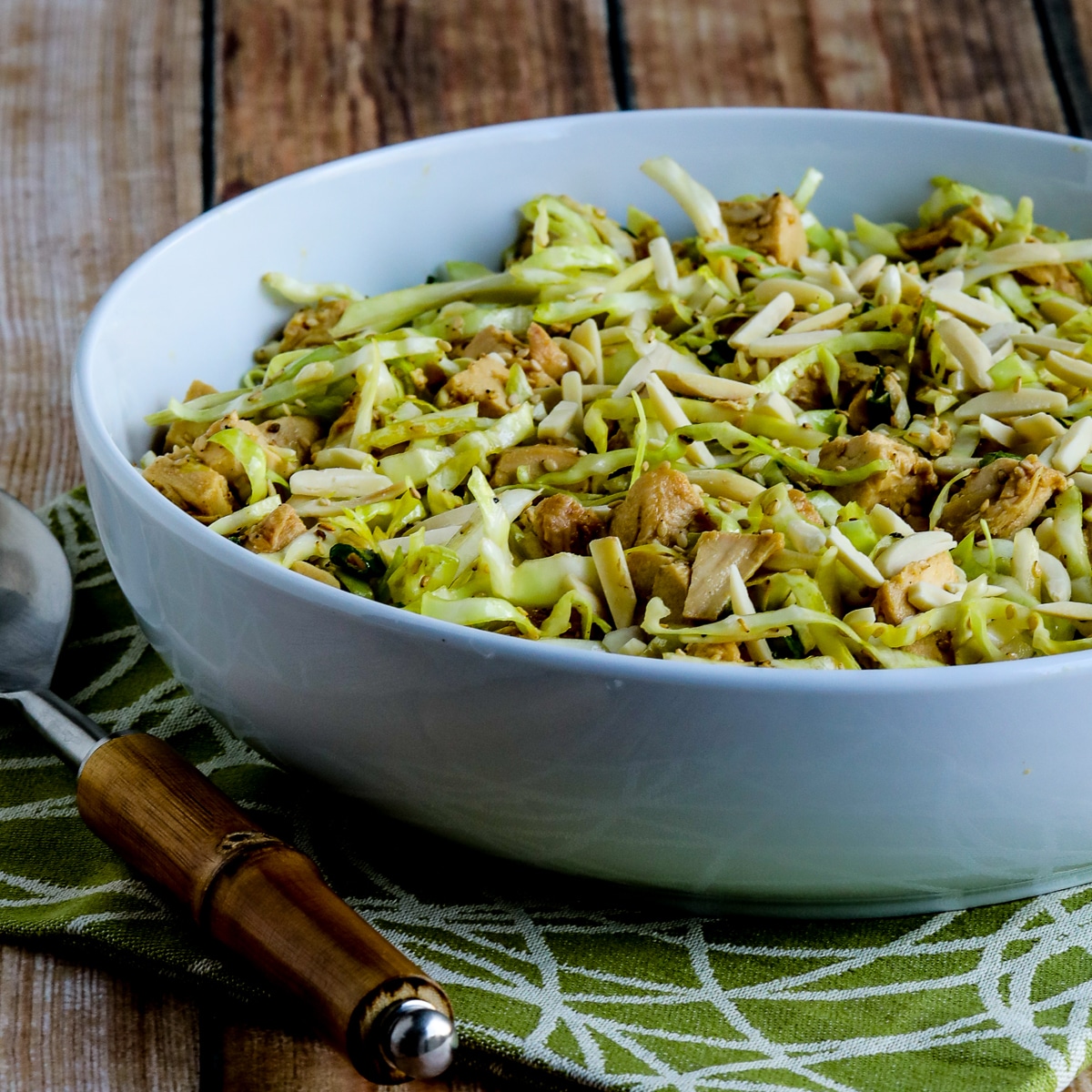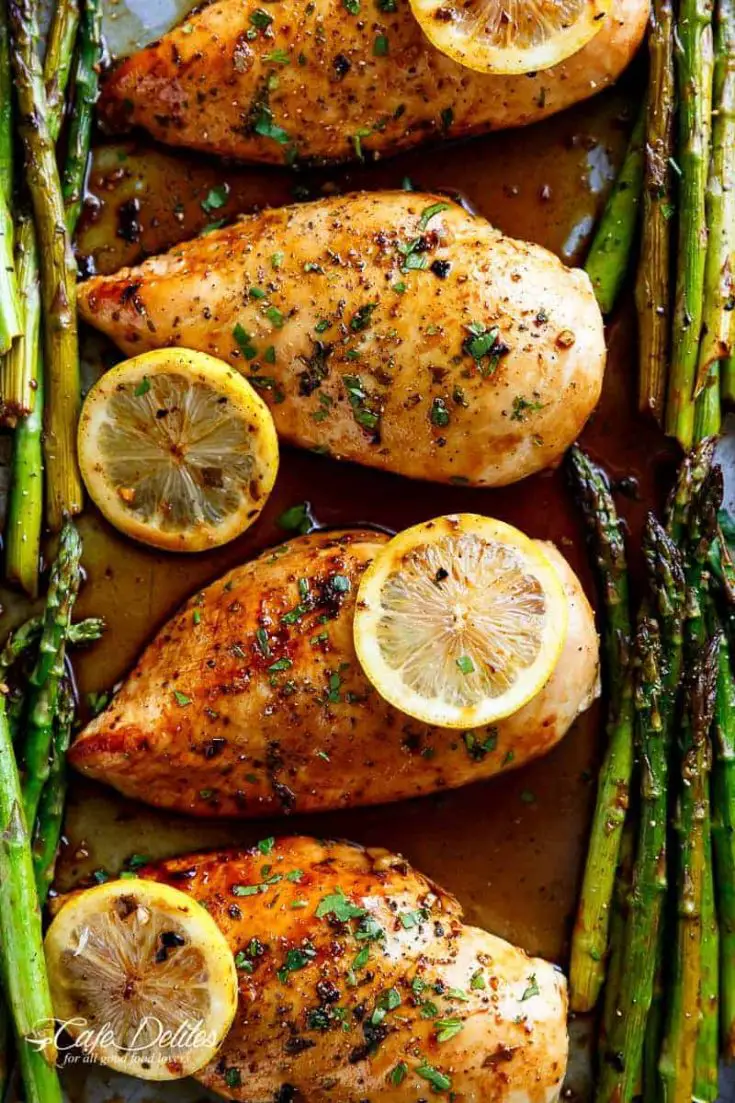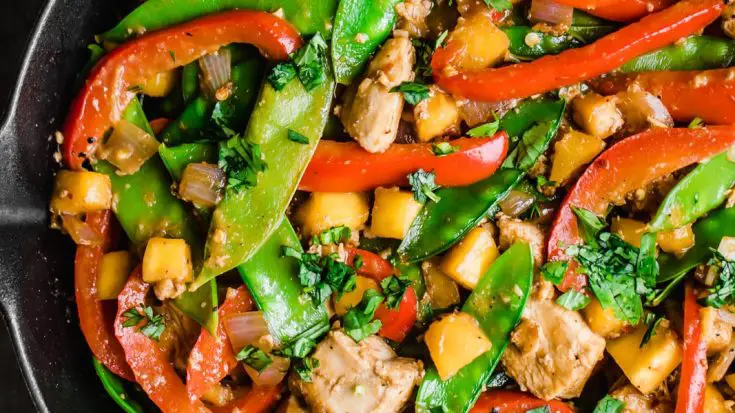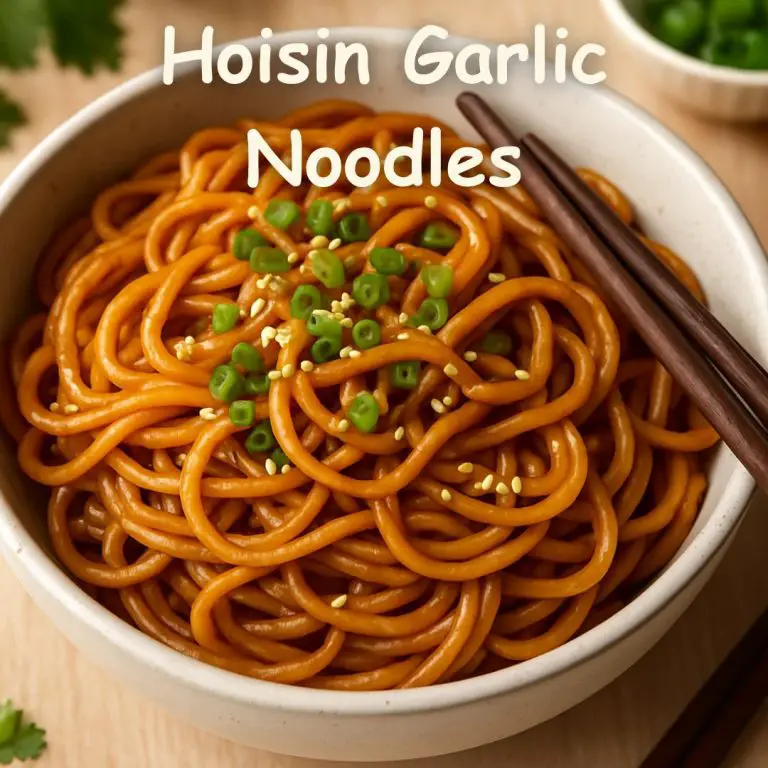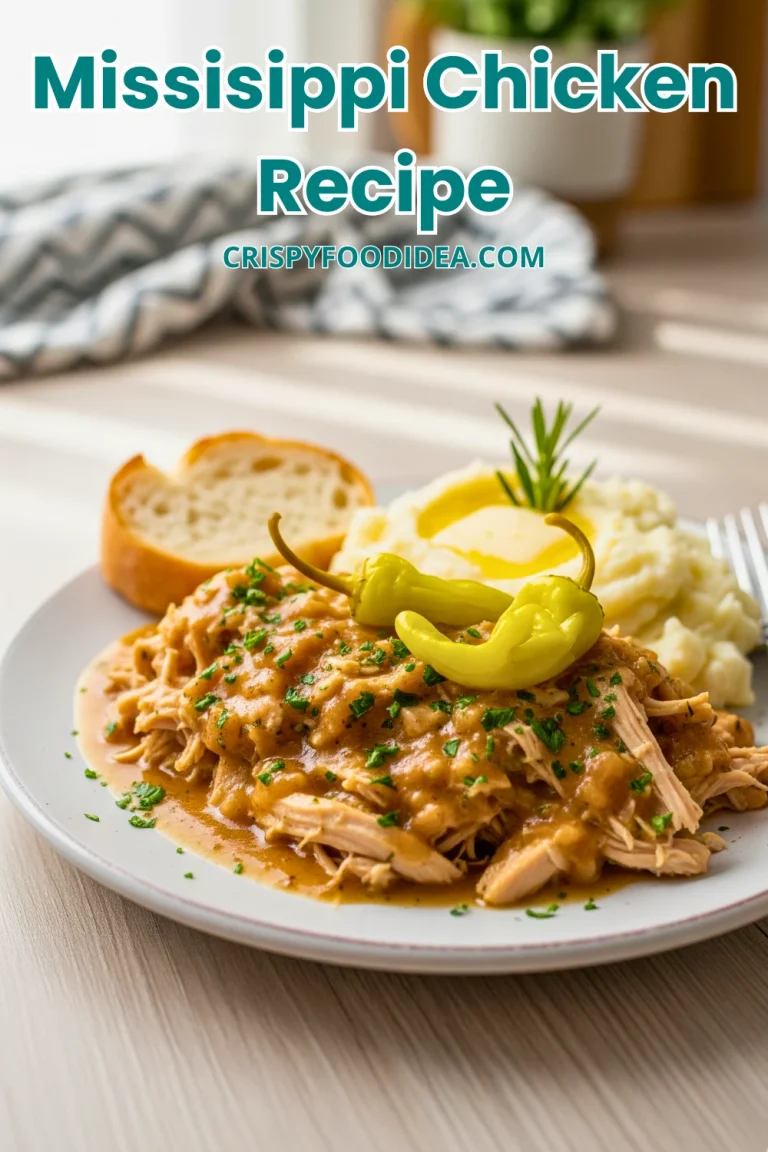21 Delicious Weight Watchers Chicken Breast Recipes | Healthy & Low-Point Meals You’ll Love
One of the most nutritious foods in the Weight Watchers program is chicken breast, which you can serve as a staple in many meals. It is a powerhouse of lean protein and low in fat and calories to keep you full for longer without any extra WW points. However, you need to follow some cooking guidelines to make the recipes so that the chicken breast recipes are nutritious as well as balanced within your points budget. Here I gathered some delicious Weight Watchers Chicken Breast Recipes for you.
Nutritional Benefits of Chicken Breast:
- Chicken breast can provide you with roughly 31 grams of protein per 100-gram serving. It is very important for muscle repair and keeping the metabolism running.
- Skinless chicken breast provides 165 calories as well as 3.6 grams of fat per 100-gram serving. Due to its low-fat content, you can consume it daily and reduce fat intake to keep you full and energized.
- Also, chicken breast is an excellent source of essential vitamins, and minerals including B6, B12, niacin, and phosphorus.
But we need to understand the difference between chicken breast and red meat and plant-based protein to understand why we tend to prefer chicken breast.
Chicken Breast vs. Red Meat | Chicken Breast vs. Plant-Based Proteins |
Red meat options include beef, pork, and mutton, which are packed with protein but also high in fat and calories. However, chicken breast, especially when cooked without the skin, is a lean option, which means fewer Weight Watchers points. | If you compare beans or tofu to a plant-based protein, chicken breast provides more protein and is much lower in carbohydrates. However, plant-based proteins are very low in fat. |
Choosing the Right Ingredients
The most important step in making a healthy Weight Watchers Chicken Dish is choosing the right ingredients. Not all chicken breasts are created equal, and depending on how you cook or season them all can make a huge difference in your final point count.
- Skinless Chicken Breast: Chicken skin can add unnecessary dots and points to your DC. So always use skinless and boneless chicken breast to make this WW recipe. If you buy skinned chicken, be sure to remove the skin before cooking.
- WW-Approved Seasonings: Always use fresh herbs like parsley, thyme, rosemary, and cilantro, as well as spices like paprika, cumin, and garlic powder. Try to avoid oil-based marinades or sugary sauces as they can unnecessarily increase your point count. In that case, you can use 0-point ingredients such as lemon juice, vinegar, mustard, and soy sauce that can pack a punch of flavor in your food without any extra calories.
- Zero-Point Ingredients: You can use zero-point ingredients like spinach, bell peppers, and zucchini to make recipes. Also, fat-free and low-sodium broths and stocks are great options.
Cooking Methods for Weight Loss
Exactly how you cook the chicken breast can also affect the nutritional profile and point count of your meal. With healthy cooking methods, you don’t have to compromise on the quality as well as the taste of your food.
- Grilling: In my opinion, grilling is the perfect way to cook chicken breast because it requires very little oil or sometimes even without oil at all, which helps keep your meal points low. Grilling also adds a nice smoky flavor to your food that enhances the natural flavor of your chicken.
- Baking: Another easy and healthy method is baking. You can also bake chicken with very little oil. Baked chicken is beautifully moist without adding any extra fat.
- Poaching & Steaming: Poaching and steaming are two other great ways to cook chicken that don’t add any extra points. In poaching, your chicken is cooked in water or in a broth, just like in steaming, no oil is used. So these are both good ways to cook your chicken juicy without adding any extra points.
Just as you can or should cook Weight Watchers chicken in these ways, there are other methods that you should avoid.
- Frying: We know fried chicken is delicious but it adds a lot of extra calories and fat from the oil, which greatly increases the point value of your recipe. In that case, if you want to eat crispy chicken, use an air fryer which is an ideal alternative to deep frying.
- Cooking with Butter or Heavy Oils: WW-friendly recipes should never be done with too much oil, be it frying or sauteing. Alternatively, you can use olive oil which adds relatively fewer points, but in my opinion, it is better to avoid this method.
Citrus Thyme Grilled Chicken Recipe
This recipe is perfect as a light meal. Usually to make the recipe you need boneless chicken breast, corn oil, low sodium soy sauce, sugar, orange juice, orange zest, lemon juice, garlic, and thyme. But to make it WW friendly you should use olive oil spray. It's great served with a green salad or grilled veggies, but you can also serve it with a bowl of quinoa if you like.
Baked Chicken Parmesan
A very tempting recipe is Baked Chicken Parmesan, which can make anyone's mouth water. Usually, it is made with chicken breasts, breadcrumbs, Parmesan, mozzarella, and basil, but you can make it a little healthier and get 3-4 WW points. In that case, you have to use low-fat mozzarella cheese, light marinara sauce, and whole wheat crumbs. In this case, the point will be maintained along with the taste and flavor.
It is great served with spiralized zucchini noodles or roasted vegetables. If you like, you can add fresh basil and replace the mozzarella with part-skim ricotta, which gives it a much creamier texture. Also, it can be ready in 50 minutes.
Slow Cooker Chicken Fajitas
A recipe that's great served on low-carb tortillas or lettuce wraps and is super easy to make is this Slow Cooker Chicken Fajitas. To make it, you add chicken breast, sliced bell peppers, onions, and fajita seasoning to a slow cooker. Toss and then simmer until everything is nicely tender. This Mexican-inspired recipe can provide you with 2-3 WW points.
You can add black beans or corn to make this fajita a bit healthier. I like to serve it in a low-carb tortilla topped with avocado and salsa with a little Greek yogurt. You can also serve it this way and let me know how it tastes in the comments.
Szechuan Chicken Stir Fry
Whether at a restaurant or at home, this superfast Szechuan Chicken Stir Fry can be on your table in no time because it's so easy to make. It is not only easy but also healthy which can give you 2-3 WW points. You can use lean chicken breast, and crisp vegetables like broccoli and bell peppers to make it. But here instead of ready-made Szechuan sauce, if you can use a homemade spicy sauce, it is much healthier. In that case, you can prepare this sauce by combining low-sodium soy sauce, garlic, ginger, and sriracha.
If you want to add some extra texture, add snap peas, mushrooms, or bok choy. Moreover, if you want to serve it as a low-point meal, you can serve it with brown rice or cauliflower rice.
Lemon Garlic Chicken Skewers
The recipe that I will discuss this time is whole30, paleo-friendly, gluten-free, and very delicious in taste. Marinated in a mixture of lemon and garlic, these chicken skewers that can be grilled or cooked can provide you with 1-2 WW points. You can always serve a light yogurt dipping sauce with it. You can also add cherry tomatoes, onions, and bell peppers to the skewers for a complete meal.
Pairs beautifully with grilled vegetables or a Greek salad to add a Mediterranean twist to your recipe. Also, you can serve tzatziki sauce instead of yogurt dip which can enhance its taste a lot.
Baked Honey Mustard Chicken
This Weight Watchers Friendly Honey Mustard Baked Chicken recipe is a perfect balance of sweetness and tanginess that tastes amazing. This is a really healthy and delicious option, especially for those who follow the Weight Watchers program as it can give you 3-4 WW points per serving. This low-point meal is super easy to make and is an ideal option not only as a meal prep but also for your busiest weeknights. It goes very well served with steamed veggies or grilled veggies.
Chicken Caprese Salad
This time the salad is not just a salad, it is a meal. This salad, made with a combination of grilled chicken, mozzarella, tomatoes, basil, and balsamic vinaigrette, is a favorite of mine and can provide 2-3 WW points per serving. You can easily serve this salad with arugula or mixed greens.
You can also add roasted peppers or artichokes to it, which will add a Mediterranean flavor to it. But when I make this, I use part-skin cheese instead of mozzarella cheese, which greatly reduces the amount of points in this salad.
Buffalo Chicken Lettuce Wraps
We try different wraps, but at the time we don't care how healthy it is. So the recipe I am going to discuss now is Buffalo Chicken Lettuce Wraps, which is a completely healthy version and can provide you with 2-3 WW points. A hot sauce combines the creaminess of shredded chicken and Greek yogurt wrapped in crunchy lettuce.
You can add crumbled blue cheese or use whole-wheat tortillas instead of lettuce leaves. You can serve this wrap with celery sticks and carrot slices which makes a perfect low-point snack.
Garlic and Herb Stuffed Chicken Breasts
This recipe is a great choice for any Weight Watchers looking for a new and more delicious and healthy way to enjoy chicken breast. This amazing chicken breast recipe is low in calories and has very few (3-4) WW points to keep you healthy. This recipe for stuffing made with a mixture of garlic and herbs is very flavorful and is sure to impress many and your entire family.
If you want, you can add feta cheese to its stuffing or add some chopped nuts, such as pine nuts or walnuts. It goes beautifully with roasted vegetables such as broccoli or Brussels sprouts, but most people prefer to serve it with quinoa or brown rice. Also, marinara sauce or pesto can be very good substitutes.
Asian Chicken Lettuce Cups
These Asian-Inspired Chicken Lettuce Cups, which are rich in protein and low in calories, can be a perfect Weight Watchers-friendly healthy dinner recipe for you. You don't have to compromise on taste for a flavorful and healthy dinner. lean ground chicken which is a very good source of protein and fresh vegetables (lettuce leaves and green onions) which gives you enough freshness and crunchiness, and an Asian-inspired sauce (combination of soy sauce, oyster sauce, Sriracha, Worcestershire sauce, lime juice, and brown sugar) this wonderful recipe is basically made.
You can add different vegetables like bell peppers, mushrooms, or water chestnuts, which will add extra flavor as well as nutrients to this cup. You can serve this cup as an appetizer at any party or gathering.
Greek Yogurt Chicken Salad
The perfect blend of flavors and nutrients makes this amazing Greek Yogurt Chicken Salad an ideal choice for Weight Watchers. It will take you only 10 minutes to prepare this salad with 2-3 WW points but as a result, you will get a delicious dish that can impress you and your family. Greek yogurt is used instead of traditional mayonnaise, which reduces calories and fat without compromising on taste.
You can add toasted almonds, walnuts, or sunflower seeds for extra crunch, and experiment with different herbs like tarragon or parsley. Although I prefer to serve it with sliced toasted bread, you can easily serve it with lettuce or cucumber boat if you prefer. But if you want to keep it as meal prep, you can make a big batch and keep it in an air-tight container to serve as a healthy lunch or dinner.
Chicken and Vegetable Soup
I have talked about so many chicken breast recipes, but without giving a soup recipe, it feels incomplete, that's why I brought you this low-calorie Weight Watchers Chicken and Veggies Soup. Rich in protein, fiber, and essential nutrients, this soup is as delicious as it is easy to make. A combination of chicken with garlic, carrots, celery, bell peppers, and onion, you can get 1-2 WW points from this soup which is able to maintain your health goal.
I prefer to serve it with sliced toasted bread or a whole-grain roll. This soup is very versatile so you can add as many different vegetables as you want. And if you like this soup a bit more creamy, you can blend it a little.
Teriyaki Chicken Rice Bowls
This amazing teriyaki chicken bowl recipe uses lean chicken breast cooked in a homemade teriyaki sauce (made with low-sodium soy sauce, honey, and ginger). It is served with cauliflower rice and steamed veggies. This is a great lunch or dinner option for your Weight Watchers plan. Although the recipe here uses long-grain rice, as a low-carb option, I would suggest you go with cauliflower rice.
Suppose you don't want to cook steamed vegetables separately. In that case, you can add colorful vegetables like carrots, bell peppers, or snap peas to this chicken, which will add fiber and essential vitamins to your recipe. Also, I like to add a fried egg or a sprinkle of toasted sesame seeds for an extra boost of protein.
Chicken Enchilada Bake
This Weight Watchers chicken enchilada bake is one of my favorite delicious recipes. It is made in casserole style, is full of flavor, and is low in calories. It's made with shredded chicken breast, low-fat cheese, enchilada sauce, and whole-grain tortillas that are perfect for your WW lifestyle, earning you 3-4 freestyle points.
But if you want a complete vegetarian option, you can add vegetables like mushrooms or zucchini instead of chicken. You can serve it with cauliflower rice or a green salad to serve as a complete meal. You can also use avocado slices, jalapenos, olives, and Greek yogurt as toppings.
Ground Chicken Stuffed Peppers
Although the recipe here uses lean ground chicken along with yellow onion, baby spinach, tomato, normal cooked rice, and shredded mozzarella cheese, but you can customize it as per your requirement to make it completely low-carb and weight watchers friendly. For example, you can make this stuffing with ground chicken, cauliflower rice, black beans, and a sprinkle of cheese, which will be full of protein as well as fiber and essential nutrients.
Also, for a completely vegetarian option, you can use lentils or tofu instead of chicken. You can also use zucchini noodles instead of cauliflower rice. The combination of vegetables, whole grains, and lean protein offers a wide range of vitamins, minerals, and antioxidants. Hope you will like the recipe very much.
Lemon Pepper Chicken Pasta
You can prepare this amazing and light, Weight Watchers pasta recipe in just 25 minutes and you can get 3-4 WW points from it. This low-calorie pasta is as easy to make as it is rich in fiber and protein. This recipe uses whole-grain pasta instead of regular pasta. There are also diced chicken breasts, such as zest, black pepper, and Parmesan cheese.
Besides, if you want, you can add roasted vegetables like broccoli, zucchini, or bell peppers to this pasta. This pasta is excellent served with steamed broccoli or mixed greens. I add cherry tomatoes or spinach while making it which adds extra color and nutrients.
Pesto Chicken and Zoodles
Another great option on your Weight Watchers journey is Pesto Chicken and Zoodles. Here, grilled chicken breast is tossed in a light amount of basil pesto and served over zucchini noodles, a low-carb pasta. You can sprinkle grated Parmesan cheese for extra flavor and protein if you like. It can be served with a normal salad or roasted vegetables which is my favorite. Also, serve with sliced toasted bread for restaurant style.
As a lower carb alternative you can serve cauliflower rice in place of the zoodle. You will get like 2-3 WW points from this recipe which can keep your health goal intact.
Shredded Buffalo Chicken Stuffed Sweet Potatoes
You have tried many types of stuffed sweet potatoes, but try this weight watchers recipe once, the taste and experience will be unforgettable. Here's a baked sweet potato stuffed with shredded buffalo chicken breast and topped with a light ranch or blue cheese dressing. Substitute sweet potatoes with baked russet potatoes for a slightly different taste profile.
It goes very well served with steamed veggies or roasted veggies. If you want to serve it as a main course, you can serve it with a light soup or cauliflower mash or zucchini noodles. If you want a completely vegan option, you can use plant-based protein like tofu or tempeh instead of chicken.
Asian Chicken Cabbage Salad
This Weight Watchers Friendly Chicken Salad is completely keto-friendly, low carb, dairy-free, and gluten-free to help you maintain your health goals and earn you 2-3 WW points. You can make this crunchy salad with shredded chicken breast, cabbage, carrots, etc.
It's great served with any light soup or edamame, but I prefer to serve it with noodles. Try sprinkling toasted almonds or sesame seeds on top of the salad. Here you can choose the veg option instead of chicken, similarly, you can add tofu to the chicken if you want to increase the amount of protein.
One Pan Honey Lemon Chicken Asparagus
If you are looking for a perfect recipe for a weeknight meal that requires minimal cleanup, then this One-Pan Lemon Chicken with Asparagus recipe is perfect. This super easy low-point sheet pan meal is made with chicken breast, asparagus, and lemon slices that are baked together. It is accompanied by lightly drizzled olive oil and some fresh herbs.
If you want, you can add different vegetables such as broccoli, bell peppers, or zucchini, which can make your recipe more nutritious and colorful. I like to serve it with brown rice, quinoa, or whole-wheat pasta.
Mango Chicken Stir Fry
This recipe can be prepared in just 30 minutes. Try it once and the taste will blow your mind. Made with chicken breast, fresh mango, peppers, and a hint of lime, this recipe can net you 2-3 WW points. Be it your lunch or dinner, this recipe can give you a twist of sweet as well as tangy.
You can add broccoli, carrots, or zucchini to this tropical-inspired chicken breast recipe, just like you can add different proteins like shrimp or tofu. Although it can be served very nicely with rice or noodles, I prefer it as a filling in lettuce wrap.
Tips and Tricks for Making Weight Watchers Chicken Breast Recipes
If you want to keep these recipes as meal prep, then definitely follow the tips given here.
Batch-Cooking for the Week:
- Make multiple chicken breast recipes at once to save time. Whether grilled, baked, or poached, cut the chicken breast into bite-sized pieces.
- Also try to store in a good airtight container and try to store each meal separately. But avoid pre-chopped veggies and sides to create complete, ready-to-eat meals here because they should be used ready-made.
Storing Chicken Properly:
- Cooks can store chicken breast in an airtight container in the refrigerator. If you seal it properly, it can be stored for up to 4 days.
- If there is a fear of the chicken becoming too dry, add a little broth or sauce to the container.
Low-Point Sauces and Dressings:
- Experiment with low-calorie or no-point sauces such as salsa, hot sauce, mustard, or yogurt-based dressings.
- Try mixing Greek yogurt with herbs, garlic, or a splash of lemon juice as a flavorful topping or dip.
FAQ on Weight Watchers Chicken Breast Recipes
What are the best zero-point sides to pair with chicken breast?
Chicken breast is very versatile and can be paired with many types of zero-point side dishes, such as steamed or roasted vegetables, garden salad, cauliflower rice, or sautéed kale and spinach.
How can I make chicken breasts tastier without adding points?
There are many ways to increase the flavor of chicken breast without increasing the point count:
- Herbs and Spice Mixes: Use fresh or dried herbs like rosemary, thyme, oregano, basil, and cilantro, paired with spices like paprika, chili powder, garlic powder, and onion powder.
- Citrus marinades: Marinate in lemon, lime, or orange juice, which adds brightness and a hint of sweetness without adding a punch.
- Vinegar: Balsamic vinegar, red wine vinegar, or apple cider vinegar make great marinades or add flavor as a drizzle after cooking.
- Mustard: Plain mustard (without added sugar) has zero points and can be used in marinades or as a glaze before cooking.
Can I use skin-on chicken breasts and still keep the points low?
Yes, you can use skin-on chicken breasts, but it’s best to remove the skin after cooking to keep points low. Cooking skin-on can help retain moisture and add flavor, especially when grilling or baking. After cooking, simply remove the skin before serving, which helps reduce fat content and points. For a truly WW-friendly option, stick to skinless chicken breasts.
How do I avoid overcooking chicken breasts?
Chicken breasts are lean and can dry out if overcooked. Here are some tips to keep it tender and juicy:
- A chicken breast is fully cooked when it reaches an internal temperature of 165°F (74°C). Use a thermometer to check the temperature in the breast.
- Allowing the chicken to rest for a few minutes after cooking helps it retain its juices. Cover it loosely with foil and let sit for about 5 minutes before slicing.
- Methods like poaching, slow cooking, and baking at low temperatures (about 350°F/175°C) can help prevent overcooking. If grilling, sear the chicken over high heat, then finish cooking over indirect heat.
Can I use chicken thighs instead of chicken breasts in these recipes?
Yes, chicken thighs can be used as a substitute, although they usually have a higher point value due to their higher fat content. To keep points low:
- Choose skinless, boneless thighs. They are usually lower in points than the thighs with the skin.
- If using thighs, you may want to use smaller pieces to keep points like chicken breasts.
- Chicken thighs often require slightly longer cooking time to reach the correct internal temperature (165°F), so adjust cooking times accordingly.
If you like this article about Weight Watchers Chicken Breast Recipes, please share this with your friends on Facebook and Pinterest. Also, subscribe to my blog to get all the latest content first on your mobile.


